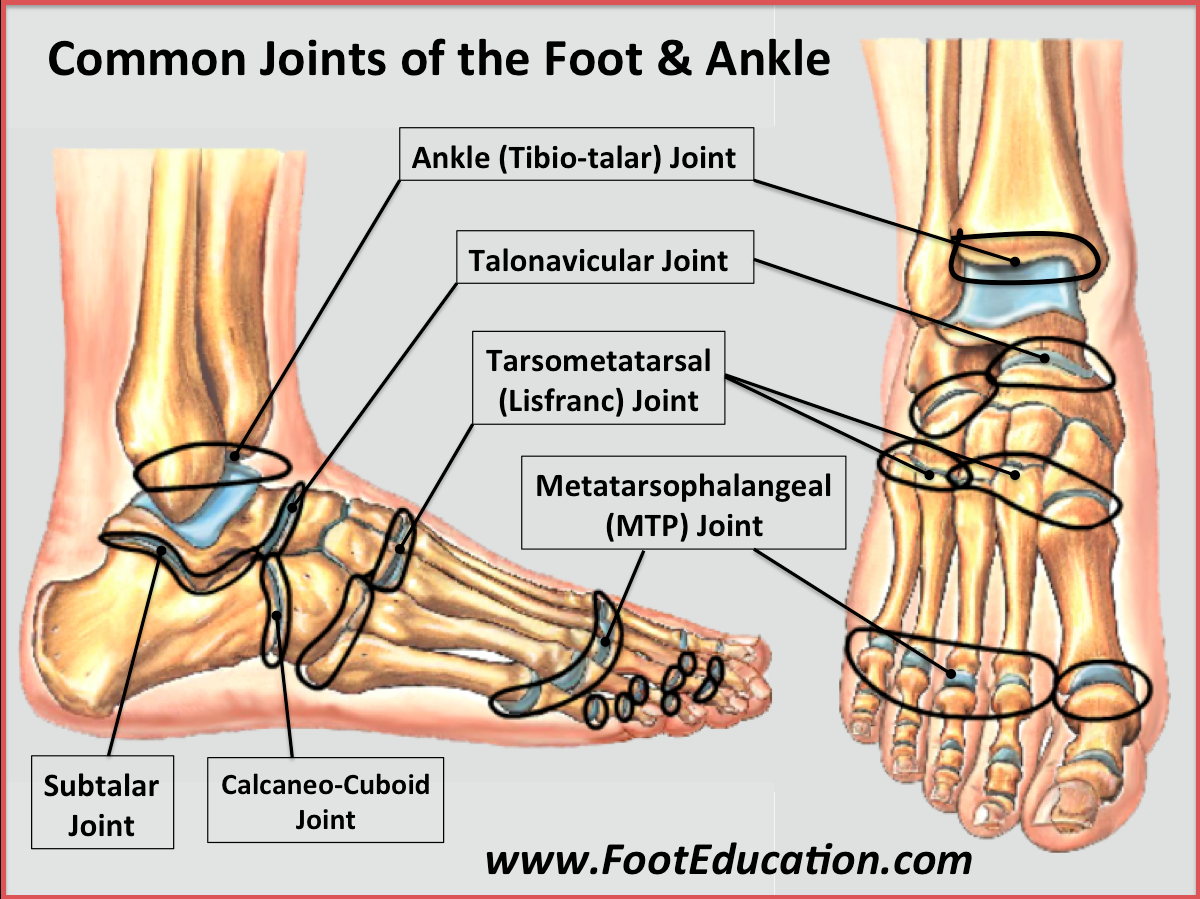
Bones and Joints of the Foot and Ankle Overview FootEducation
33 joints more than 100 muscles, tendons, and ligaments Bones of the foot The bones in the foot make up nearly 25% of the total bones in the body, and they help the foot withstand weight..

Foot Description, Drawings, Bones, & Facts Britannica
It is made up of over 100 moving parts - bones, muscles, tendons, and ligaments designed to allow the foot to balance the body's weight on just two legs and support such diverse actions as running, jumping, climbing, and walking. Because they are so complicated, human feet can be especially prone to injury.
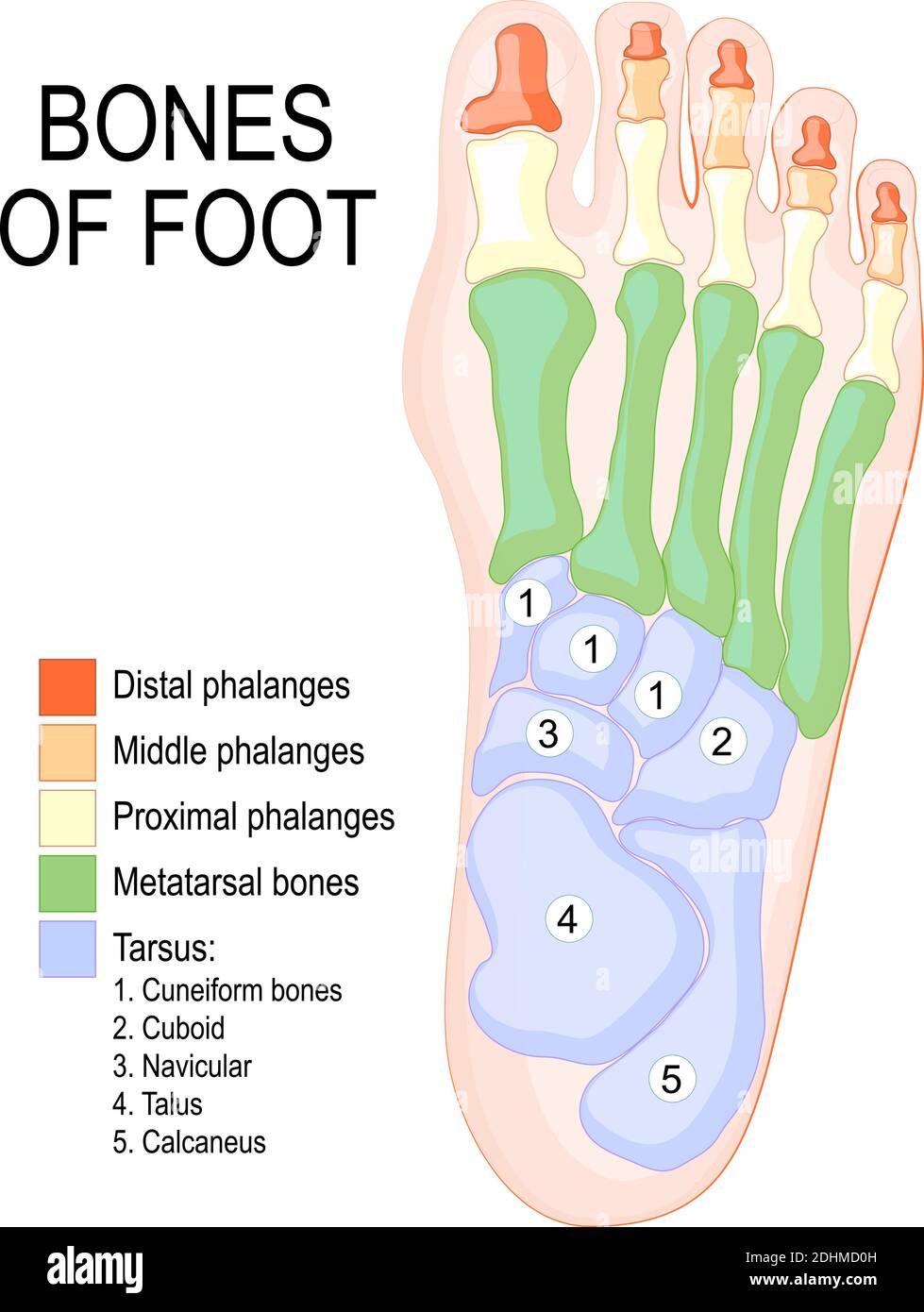
Human foot anatomy hires stock photography and images Alamy
LABELED DIAGRAMS Figure 1. Sections and Bones of the Foot A. Lateral (Left) B. Anterior (Right) Figure 2. Compartments of the Foot A. Cut Section through Mid-Foot Figure 3. First Layer of the Foot A. Plantar View of Right Foot Figure 4. Second Layer of the Foot A. Plantar View of Right Foot Figure 5.

Understanding the Foot & Ankle Scientific Publishing
The foot has three arches: two longitudinal (medial and lateral) arches and one anterior transverse arch (Fig. 1). They are formed by the tarsal and metatarsal bones, and supported by ligaments and tendons in the foot.
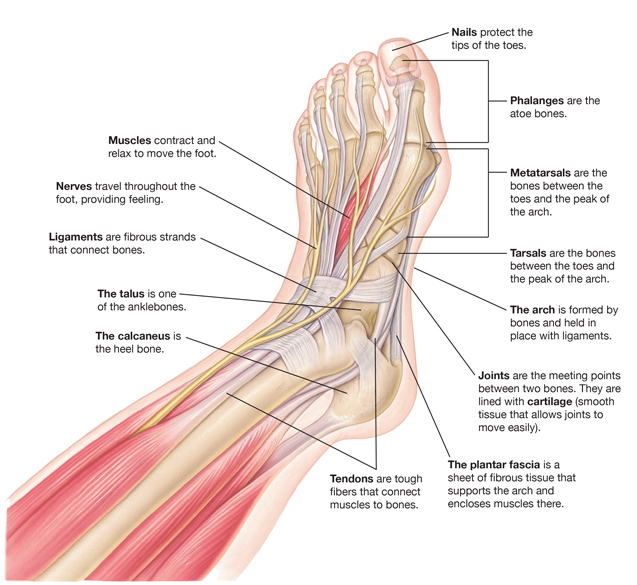
Parts of a Foot Saint Luke's Health System
The ankle joint The ankle is the joint between the lower leg and the foot. The ankle bone is composed of three bones: the tibia, the fibula, and the talus. The tibia and fibula are the bones of the lower leg, and the talus is the bone of the foot that sits on top of the ankle joint.

The bones in the foot inferior view (Picture illustrated from Thieme
Foot and ankle anatomy consists of 33 bones, 26 joints and over a hundred muscles, ligaments and tendons. This complex network of structures fit and work together to bear weight, allow movement and provide a stable base for us to stand and move on.

Chart of FOOT Dorsal view with parts name Vector image Stock Vector
The foot is one of the most important interaction parts of the body with the ground, especially in the upright posture. During growth, the foot changes not only its dimensions but also its shape.

Foot Anatomy 101 A Quick Lesson From a New Hampshire Podiatrist Nagy
The muscles acting on the foot can be divided into two distinct groups; extrinsic and intrinsic muscles.. Extrinsic muscles arise from the anterior, posterior and lateral compartments of the leg. They are mainly responsible for actions such as eversion, inversion, plantarflexion and dorsiflexion of the foot. Intrinsic muscles are located within the foot and are responsible for the fine motor.
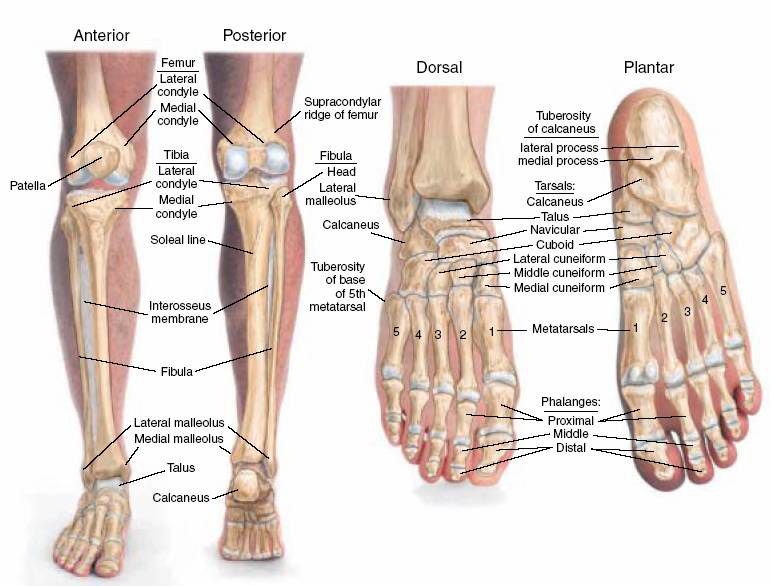
Structure of skeleton of the foot, Tarsals, Metatarsals and Phalanges
The 20-plus muscles in the foot help enable movement, while also giving the foot its shape. Like the fingers, the toes have flexor and extensor muscles that power their movement and play a large.
.jpg)
Foot Bone Diagram resource Imageshare
The anatomy of the foot The foot contains a lot of moving parts - 26 bones, 33 joints and over 100 ligaments. The foot is divided into three sections - the forefoot, the midfoot and the hindfoot. The forefoot This consists of five long bones (metatarsal bones) and five shorter bones that form the base of the toes (phalanges).
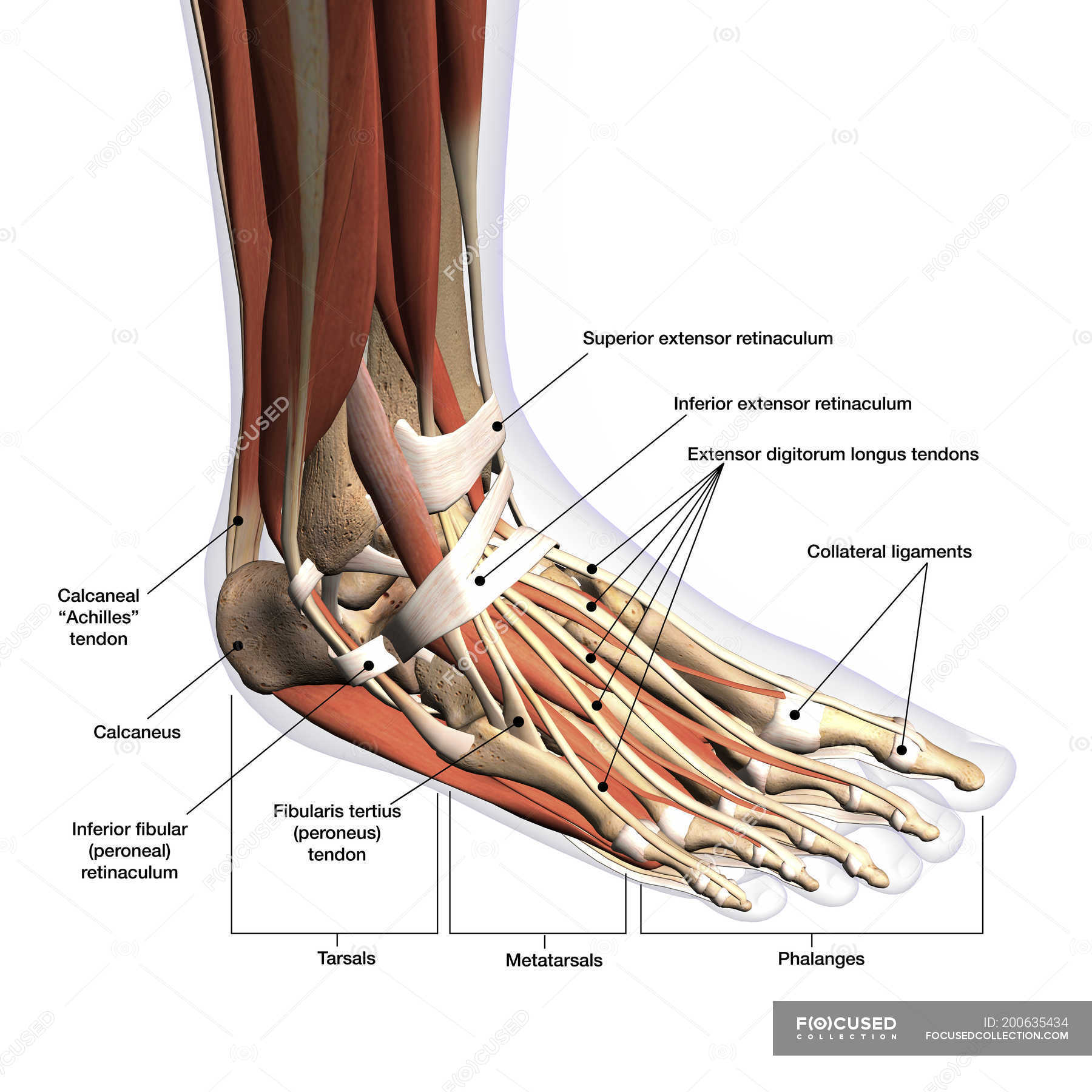
Anatomy of human foot with labels on white background — ankle, leg
Anatomy Ankle and foot anatomy Videos Ankle and foot anatomy Author: Jana Vasković MD • Reviewer: Nicola McLaren MSc Last reviewed: November 03, 2023 Reading time: 12 minutes Recommended video: Ankle joint [15:51] Bones and ligaments that form the ankle joint. Ankle and foot (left lateral view)

Diagram of The Foot 101 Diagrams
Bones of foot. The 26 bones of the foot consist of eight distinct types, including the tarsals, metatarsals, phalanges, cuneiforms, talus, navicular, and cuboid bones. The skeletal structure of.

Foot & Ankle Bones
Plantar warts Gout (a type of arthritis) Plantar fasciitis (heel pain) Stress fractures Diabetic foot ulcers Last medically reviewed on April 13, 2015 The foot is the lowermost point of the.
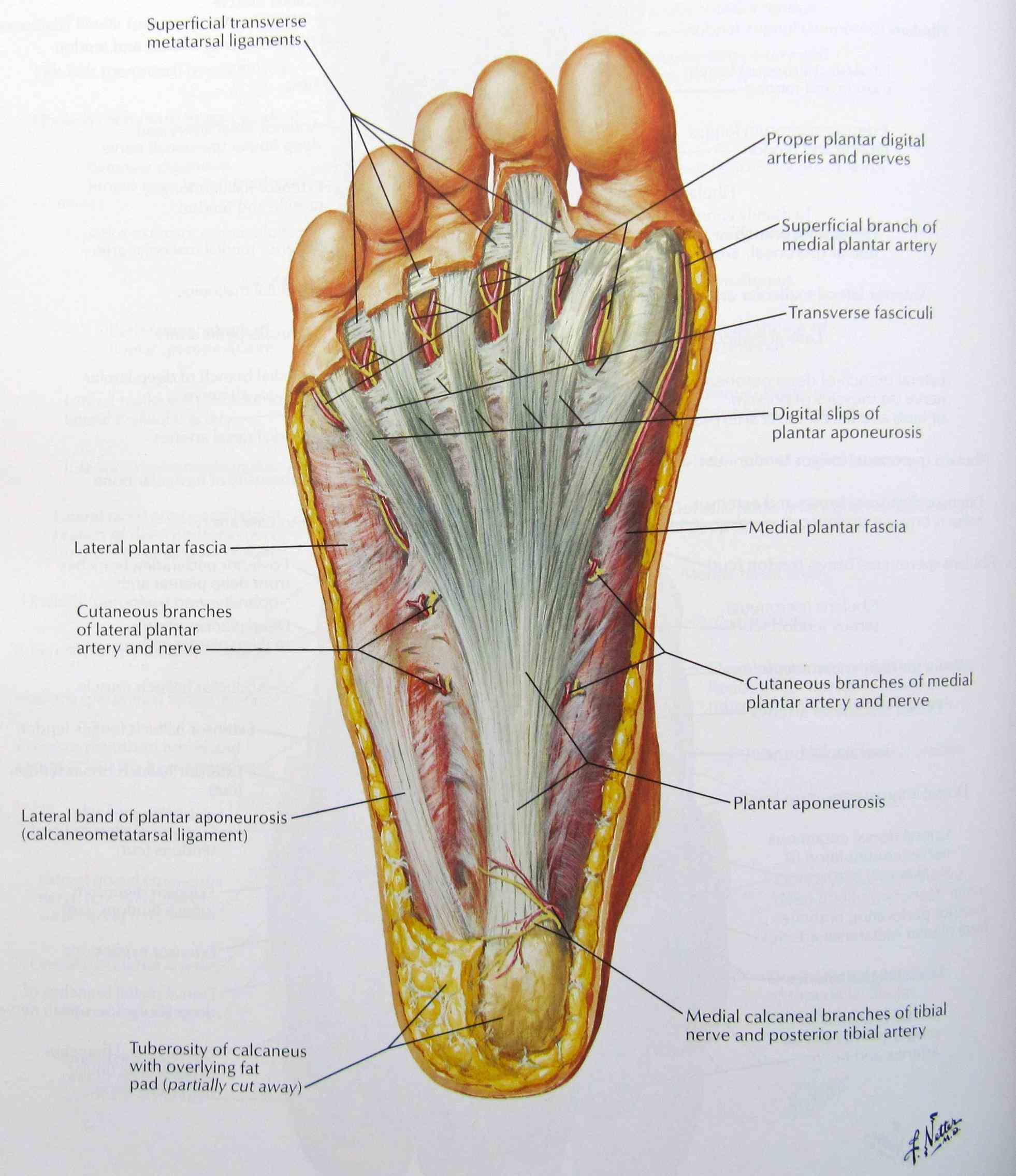
Anatomy The Bones Of The Foot
The bones of the foot provide mechanical support for the soft tissues; helping the foot withstand the weight of the body whilst standing and in motion. They can be divided into three groups: Tarsals - a set of seven irregularly shaped bones. They are situated proximally in the foot in the ankle area. Metatarsals - connect the phalanges to.

Foot and Ankle Anatomical Chart Southern Biological
There are a variety of anatomical structures that make up the anatomy of the foot and ankle (Figure 1) including bones, joints, ligaments, muscles, tendons, and nerves. These will be reviewed in the sections of this chapter. Figure 1: Bones of the Foot and Ankle Regions of the Foot
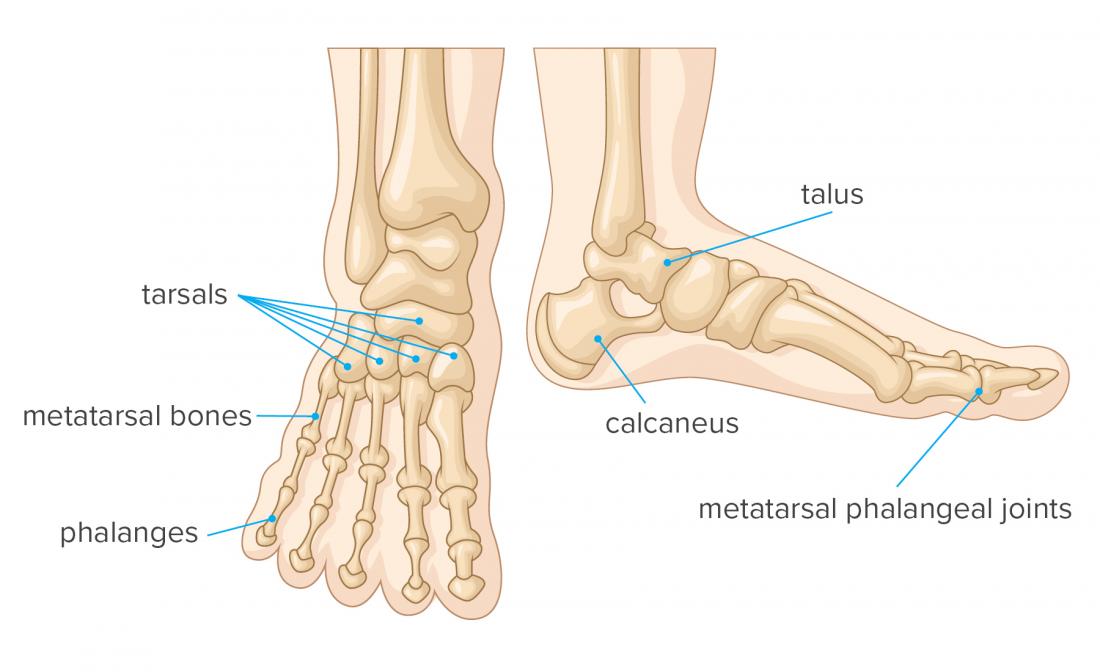
Foot bones Anatomy, conditions, and more
These bones are arranged in two rows, proximal and distal. The bones in the proximal row form the hindfoot, while those in the distal row from the midfoot. Hindfoot. Talus. Calcaneus. The talus connects the foot to the rest of the leg and body through articulations with the tibia and fibula, the two long bones in the lower leg. Midfoot. Navicular.